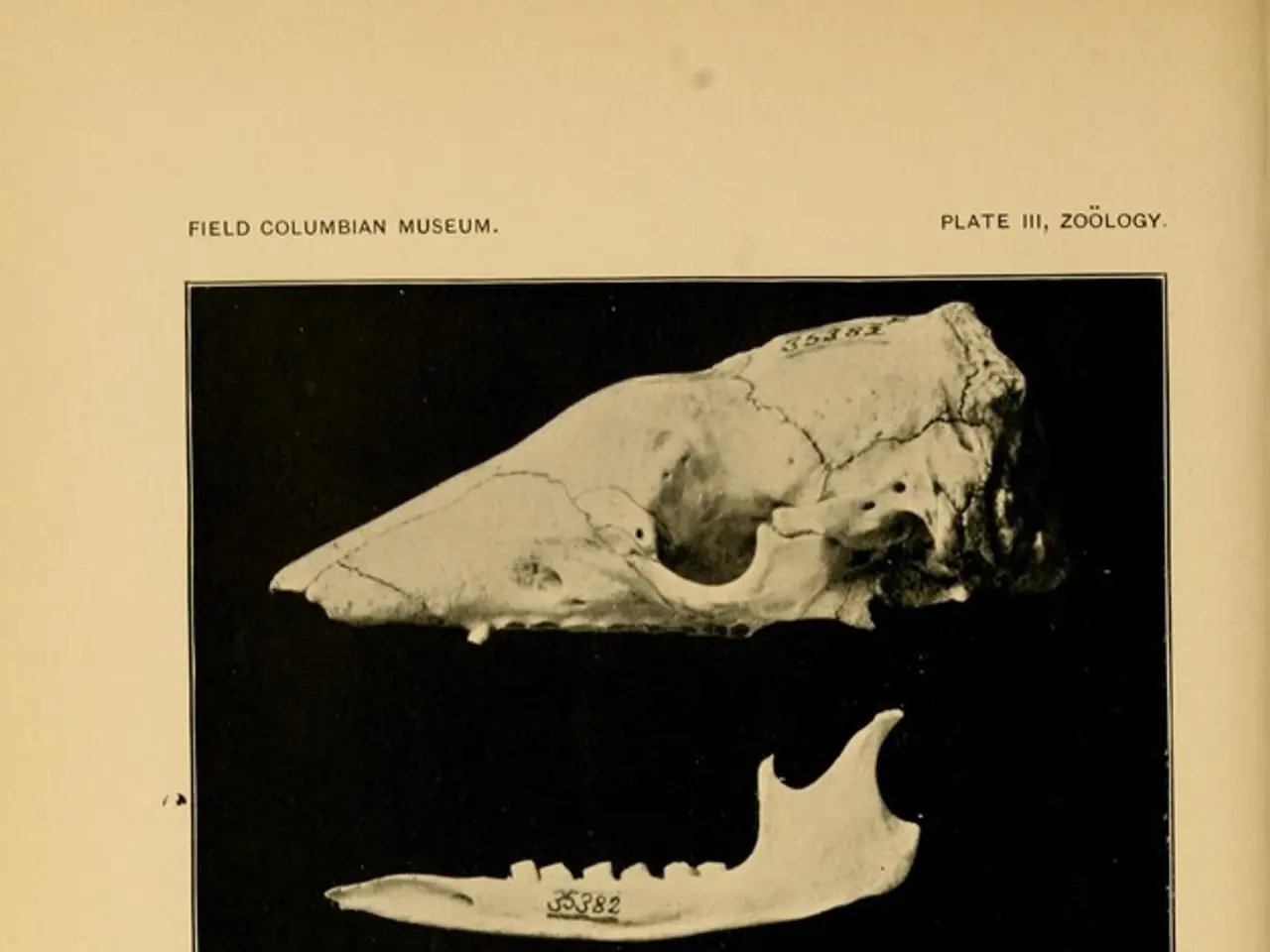Comprehensive Guide to Surgical Options for Arthritis Treatment
Arthritis, a group of diseases that cause swelling and tenderness in one or more joints, affects over 54 million Americans. Here's a look at various arthritis surgeries, their benefits, and potential complications.
Total Joint Replacement (TJR)
TJR is a common procedure that replaces a damaged joint with an artificial implant. This surgery is most often performed on the knee or hip. TJR can significantly reduce pain while improving quality of life and mobility. However, joint replacements eventually wear out and may require revision surgery. Recovery times vary, with knee revision surgery taking up to 12 months, and hip revision surgery taking 12 to 18 months.
Joint Fusion (Arthrodesis)
Joint fusion, also known as arthrodesis, may be required for severe damage from osteoarthritis or inflammatory arthritis. This procedure fuses the joint, eliminating pain but potentially altering range of motion and flexibility. Joint fusion is rarely performed on the knee or hip, but it can be done on the ankle, wrist, finger bones, and spine. Recovery time varies, but a minimum of 3 weeks is typically required.
Osteotomy
Osteotomy involves cutting or adding a wedge near a damaged joint to prevent further damage. This procedure can delay the need for a joint replacement by more than a decade. The best candidate for an osteotomy is typically in their 30s or younger than what's usually recommended for a total joint replacement.
Synovectomy
Synovectomy is a procedure used to treat inflammatory forms of arthritis such as rheumatoid arthritis or psoriatic arthritis. This surgery removes most or the entire damaged synovium to relieve pain and improve joint function. Synovectomy has fewer complications when performed with an arthroscope than with traditional incisions. Recovery time depends on the joint treated, but it generally takes a minimum of 3 weeks.
Partial Joint Replacement
Partial joint replacement only replaces part of the knee or hip and can help improve daily function. However, it tends to have higher complication rates than full joint replacements.
Arthroscopy
Arthroscopy is a minimally invasive surgical option for arthritis, but the Arthritis Foundation discourages its use for osteoarthritis. This procedure can be useful for diagnosing and treating joint issues, but its effectiveness for treating osteoarthritis is limited.
Joint Revision Surgery
Joint revision surgery replaces a malfunctioning or damaged implant from a previous joint replacement. This surgery can be complex and requires a longer recovery time. Potential complications include adverse reactions to anesthesia, infection, blood clots, nerve injury, bruising, ligament or blood vessel injury, loss of range of movement, persistent pain, and complications occurring in about 1 in 20 people for knee replacement surgery.
The choice of appropriate arthritis surgery depends on several factors, including the cause and impact of the disease on foot or joint function and stability, the patient's symptoms and suffering, the surgeon's experience, and diagnostic results from clinical examinations and imaging techniques such as X-rays, MRI, and CT scans. Surgeons may recommend surgery for arthritis if other treatments don't provide relief.
It's important to note that while surgery can potentially improve joint function and reduce pain, it's not without risks. Always consult with a healthcare professional to discuss the best treatment options for your specific situation.
Read also:
- Federal Funding Supports Increase in Family Medicine Residency Program, Focusing on Rural Health Developments
- Potential Role of DHA in Shielding the Brain from Saturated Fats?
- Alternative Gentle Retinoid: Exploring Bakuchiol Salicylate for Sensitive Skin
- Hanoi initiates a trial program for rabies control, along with efforts to facilitate the transition from the dog and cat meat trade industry.








